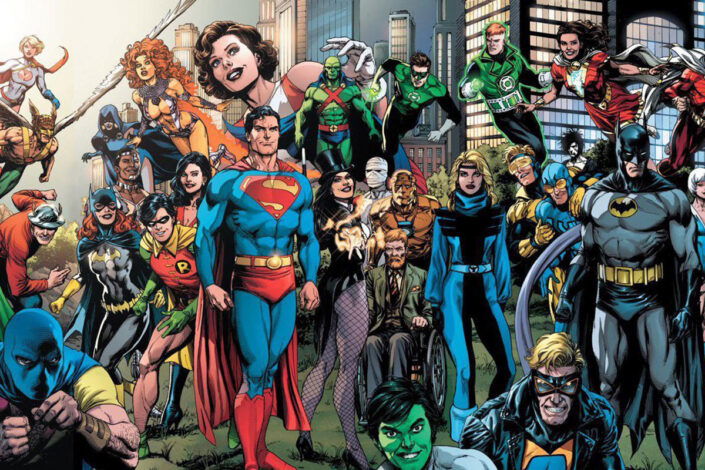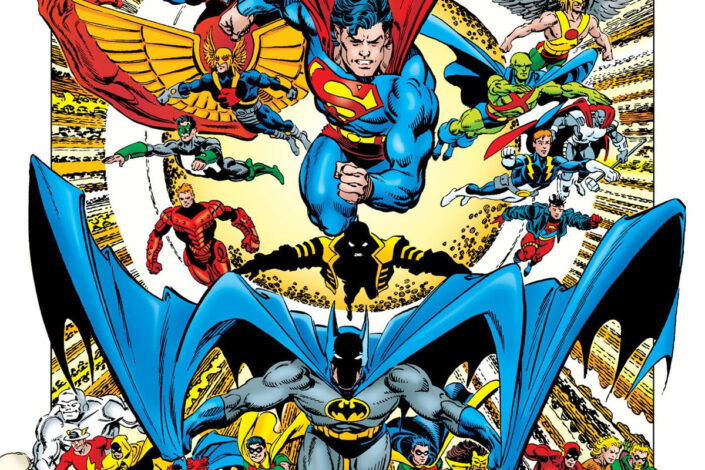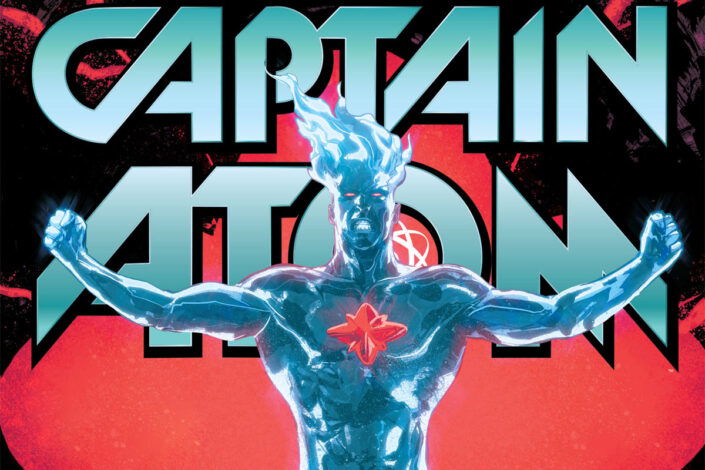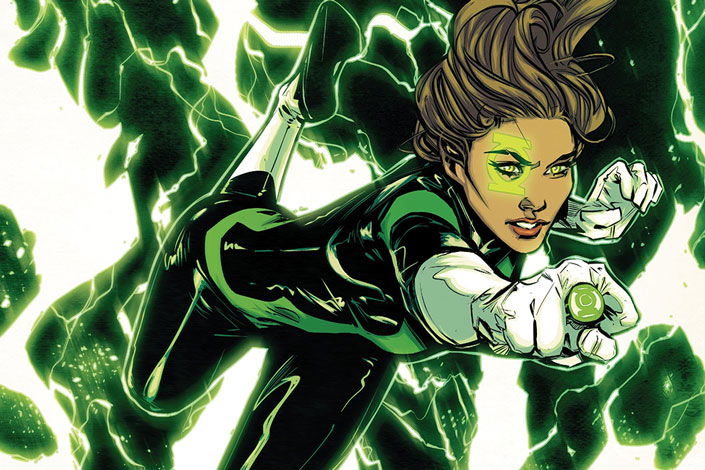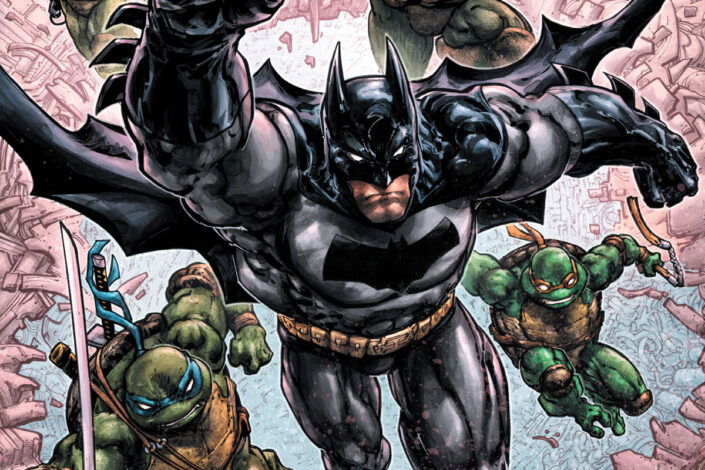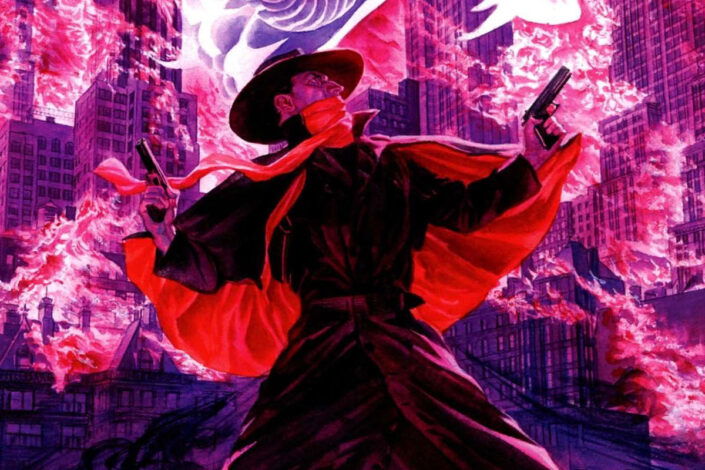Batman Rogues Gallery: Who are The Dark Knight’s Enemies?
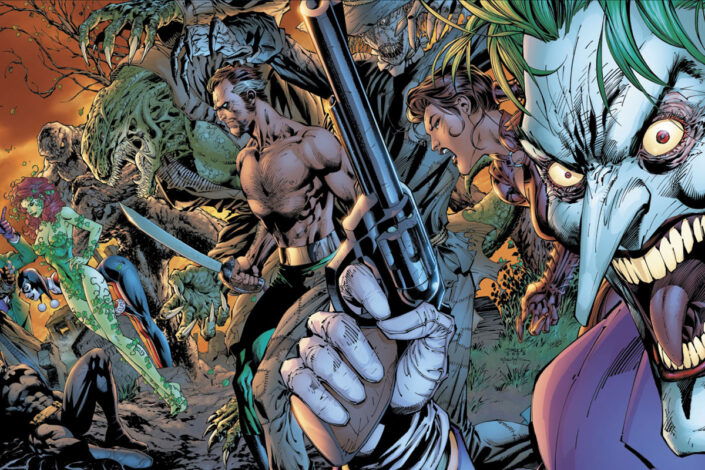
Batman is one of the most iconic comic book heroes, so it is not a surprise that some of his enemies are iconic comic book villains in their own right. But the infamous Batman Rogues Gallery comprises more than your usual suspects. With 85 years of comics under his belt, the Dark Knight had to stop a lot of criminals. As he is not a hero with powers, but one known for his high intelligence and fighting skills, he had to face a lot of intelligent, creative, and often misguided individuals.
These antagonists aren’t just obstacles for Batman. They are larger-than-life with personas that are often connected to the city’s corruption, darkness, and extremes. Most of them have been created to be reflections of his character, each embodying a different facet of his psyche, his mission, or the city he protects. This made the Rogues Gallery as diverse as it is iconic, with criminal masterminds, deranged psychopaths, tragic antiheroes, and cunning opportunists.
Also, you may ask where the term “Rogues Gallery” comes from. It finds its origin in law enforcement as it historically refers to a collection of criminal mugshots.
Follow the guide as we introduce you to the most notable antagonists who regularly face the Caped Crusader!
Read More »Batman Rogues Gallery: Who are The Dark Knight’s Enemies?
